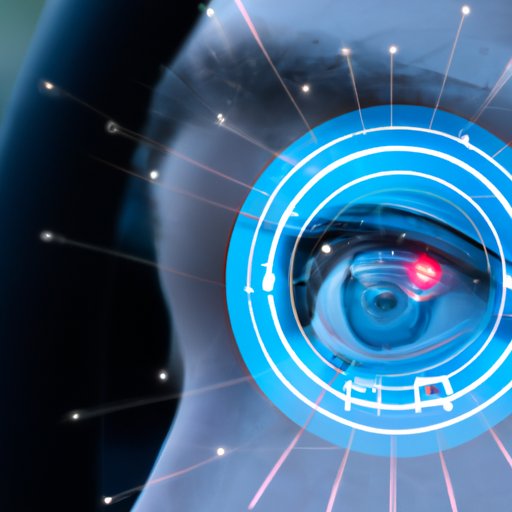Introduction
Eyesight driver assist technology is a rapidly growing field in the automotive industry. This technology uses a combination of sensors, cameras, and radar to detect potential hazards on the road and alert drivers to take action. It has become increasingly popular among car manufacturers as it provides a range of benefits, including improved safety, enhanced performance, and increased comfort. In this article, we will explore what eyesight driver assist technology is, how it works, and the advantages and disadvantages associated with it.
What is Eyesight Driver Assist Technology?
Eyesight driver assist technology is a suite of advanced driver assistance systems (ADAS) designed to detect potential hazards on the road and alert drivers to take action. It uses a combination of sensors, cameras, and radar to monitor the environment around the vehicle and provide real-time feedback to the driver. The technology is designed to reduce the risk of accidents by providing warnings and alerts when potential hazards are detected. It can also be used to improve the overall driving experience by providing additional information such as lane departure warnings and traffic sign recognition.
How Does Eyesight Driver Assist Technology Work?
Eyesight driver assist technology works by using a combination of sensors, cameras, and radar to detect potential hazards on the road. The system uses an array of cameras mounted on the vehicle to capture images of the surrounding environment. It then uses sophisticated algorithms to analyze the images and detect potential hazards. The system can detect objects that may not be visible to the driver, such as other vehicles, pedestrians, or animals. When a potential hazard is detected, the system will alert the driver to take action.
The system is also equipped with sensors that can detect changes in speed, direction, and distance of other vehicles. This allows the system to provide warnings and alerts when the vehicle is at risk of colliding with another object. Additionally, the system can be used to provide additional information such as lane departure warnings and traffic sign recognition.

Advantages of Eyesight Driver Assist Technology
Eyesight driver assist technology offers a range of advantages, including improved safety, enhanced performance, and increased comfort. The technology is designed to reduce the risk of accidents by providing warnings and alerts when potential hazards are detected. This can help to prevent collisions and reduce the severity of any accidents that do occur.
The technology can also be used to improve the overall driving experience by providing additional information such as lane departure warnings and traffic sign recognition. This can help to reduce driver fatigue and increase awareness of potential hazards. Additionally, the technology can be used to provide automated features such as adaptive cruise control and automatic emergency braking, which can help to improve the safety and performance of the vehicle.

Evaluating the Cost and Performance of Eyesight Driver Assist Technology
When evaluating the cost and performance of eyesight driver assist technology, it is important to consider both the price and the performance ratings. The cost of the technology varies depending on the type of vehicle and the level of features included. Generally speaking, the cost of the technology ranges from $500 to $2000, depending on the manufacturer and model.
In terms of performance, eyesight driver assist technology has been rated highly by independent research studies. According to a study conducted by Consumer Reports, the technology was found to reduce the risk of rear-end collisions by up to 35%. Additionally, the study found that the technology was able to detect potential hazards more quickly than traditional driver assistance systems.
The Future of Eyesight Driver Assist Technology
The future of eyesight driver assist technology is promising, as the technology continues to evolve and improve. One of the most exciting developments is the emergence of autonomous vehicles, which are being developed using eyesight driver assist technology. Autonomous vehicles are capable of driving themselves without the need for human intervention, and they use a combination of sensors, cameras, and radar to navigate their environment.
Another emerging trend is the development of connected cars, which use eyesight driver assist technology to connect the vehicle with its surroundings. Connected cars are able to communicate with other vehicles and infrastructure, allowing them to receive and transmit data in real time. This can help to improve safety, reduce congestion, and improve the overall driving experience.
Conclusion
Eyesight driver assist technology is an advanced driver assistance system that uses a combination of sensors, cameras, and radar to detect potential hazards on the road and alert drivers to take action. The technology has become increasingly popular due to its ability to improve safety, enhance performance, and increase comfort. Additionally, the cost of the technology is relatively low compared to other types of driver assistance systems, and it has been rated highly in terms of performance. As the technology continues to evolve, it will play an increasingly important role in the future of the automotive industry.
(Note: Is this article not meeting your expectations? Do you have knowledge or insights to share? Unlock new opportunities and expand your reach by joining our authors team. Click Registration to join us and share your expertise with our readers.)
